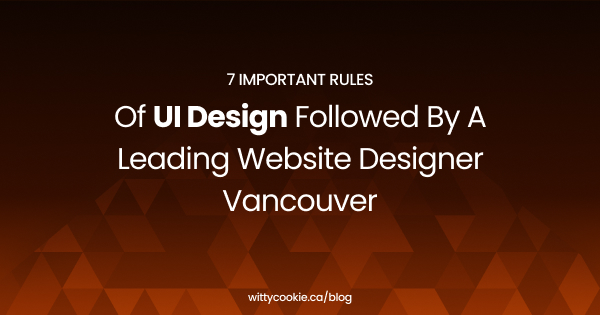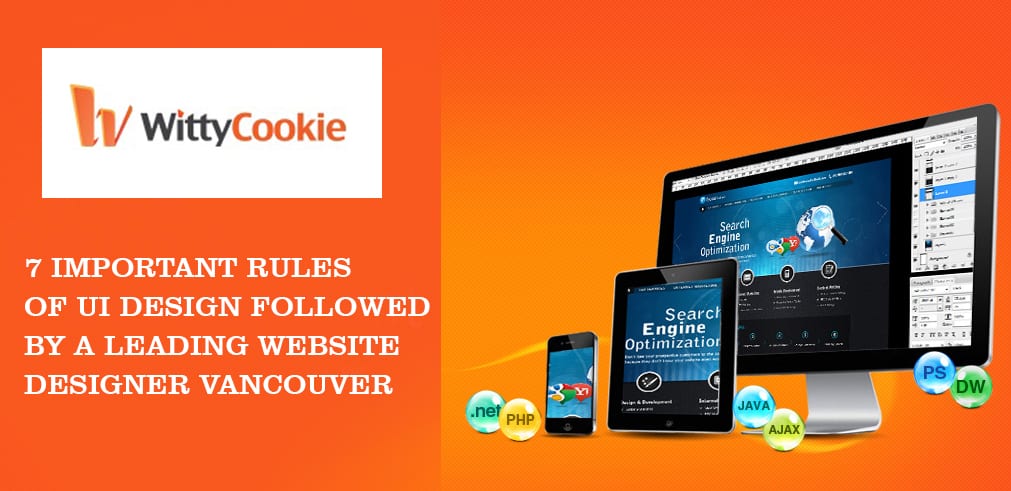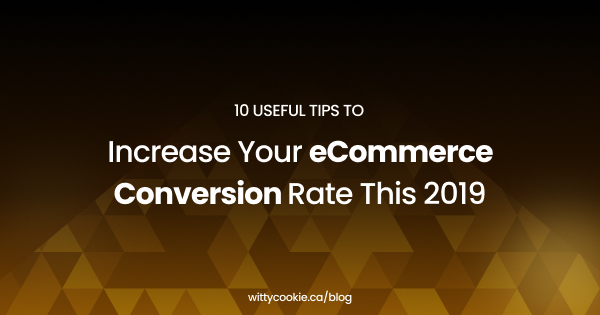7 Important Rules Of UI Design Followed By A Leading Website Designer Vancouver
It used to be, that design was always considered a second priority to functionality. Today, web design is important and the world of web design has taken on a personality of its own. Design involves more than “making websites look pretty”. There are many rules involved in UI design that aim to unite aesthetics and function into a single package.
The following rules of UI design have been developed by a prominent website designer Vancouver:
1. Focus on Universal Usability
There are numerous device types out there with varying screen sizes. When you’re designing your app or website, you have to ensure it is capable of fitting/ loading on all screens. You have to take into account low or high bandwidth Internet connections, formatting on iPhones and iPads, etc. Previously, developers were focused on developing a worthy user interface for desktop screens. Since 2014 however (when mobile usage took over), paying attention to mobile screens has become a priority.
Therefore give your consumers an adaptable user interface so that they can have a good experience, irrespective of the orientation or display of their device.
2. Keep the Design Simple
The average user behaves like an octopus; they try to complete multiple tasks at the same time. Rarely does he or she have time to focus on a single task at a time? Hence your design must be simple to comprehend. Use common language. If you’re expecting the user to complete certain actions, list them in a sequence but with a clear beginning, midpoint and end. At the conclusion of the action, utilize a notification to inform the user.
3. Be vigilant about Errors
An error will be a roadblock to the action that the visitor wants to take. If your page loads incorrectly or doesn’t load at all, the visitor isn’t going to wait until it’s fixed. They’ll leave! Being vigilant means, put a design system in place that automatically checks errors before it’s too late. For instance, let’s say your user wants to create an account with a minimum 12 character long password that should also include a minimum of two digits. Does your system enable the user to create the password that is incorrect and notifies them at the end or while they are typing out the new password itself? The latter example is a far better design.
4. Make Interface Consistency your Mantra
Consistency refers to making a website design that is predictable, continuous and anticipated. According to a leading website designer Vancouver, it is best to abide the principle of least surprise. This means if a particular feature has a high surprise factor, it will be essential to redesign that feature. For instance, do your visitors have to speculate about the meaning of certain words? Do they have to randomly click certain buttons because they’re unsure about what it might do? To avoid this frustration on behalf of your visitors, ensure functionality, consistency and good appearance.
5. Apply Contextual Design in your Design Interface
The design of your app or website must be time-sensitive, situation-based and location based. Adherence to these three factors will help deliver the most appropriate information to your visitors. Increased reliance on the Internet and on real-time connectivity has placed great importance on context over the years and is, therefore, a major focus for designers. Context can actually lead to success or failure.
Therefore ensure your web or app design should incorporate interactive objects with an intuitive design.
6. Keep a Predictable and Balanced UI design
The quantity of whitespace between UI objects and their size is the key to creating a predictable and balanced design. This helps to accomplish two objectives: grips the user’s attention and aids in understanding where certain objects are.
By constantly testing these two factors, you can adjust and alter your UI design.
7. Provide Feedback
In web design, you need to include notifications and messages that inform visitors whether their actions were acknowledged and successful. Feedback can take the form of a simple web survey or include a “complete” notification after the form has been submitted. Hence the feedback must be delivered according to context, in a timely manner and be relevant.
As the UI design tips listed above by a leading website designer Vancouver clearly indicate, the design is a constantly-changing field. It strives to find novel ways of combining form and function. It is only by regular experimenting and testing that we can develop newer and better techniques using the rules listed here as a foundation.
Contact your local website designer Vancouver today!




